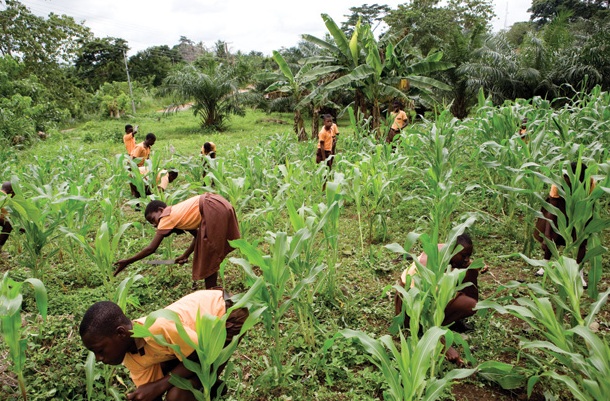4-H is a uniquely American phenomenon, and in many ways it is. Born in the heartland of the US iin the early 1900s. when land-grant universities sent representatives to rural schools, it sought to teach the next generation of farmers, and through them reach adults skeptical of newfangled techniques. The club thrived until the middle of the century, but as industrial-scale farms gobbled up family operations and America became less rural, membership began to decline.
However, unlike many bygone rural institutions—one-room schoolhouses, barn raisings, and rural free delivery, the club, now part of the Department of Agriculture and still administered through land-grant universities, has managed to reinvent itself. It has expanded in both scope (adding science and engineering to its old standbys of agriculture and animal husbandry) and size: Today, 4-H boasts 7 million members in more than 50 countries.
It is introducing yourng people to farming as a career and these modern farming entrepreneurs are thriving.
Yet DuPont has found a very willing partner in 4-H. “We want 11- and 12-year-olds to gain an appreciation for agriculture as a possible career and a business opportunity,” says Shingi Nyamwanza, who heads 4-H’s programs in Africa. “DuPont is making that possible.” The program started as a small pilot in Tanzania in 2010, and in 2012, it expanded it to Ghana, where 3,500 children, ages 6-19, enrolled. In 2014, 4-H and DuPont have rolled out school gardens in Ethiopia, Kenya, and South Africa.
So is DuPont Pioneer, as critics charge, using 4-H kids as free advertising for a product that will put their families’ farms out of business? What’s clear is that 4-H’s African program is indicative of the continent’s transition from subsistence farming to industrial crop production. As of 2010, foreign interests—including American agribusiness giants like Monsanto and Cargill—owned up to150 million acres in Africa. The US government has helped make those deals happen: Since 2010, the Agency for International Development has given $7 billion in grants to a wide range of corporations, including Walmart and PepsiCo. to partner with farmers in the developing world. Many of the funds came through a new program called Feed the Future, which a USDA administrator described as a push to “increase agricultural business investments in priority countries.”
In cracking the vast new market in Africa, the 4-H gardens “are essentially demonstration plots,” DuPont’s Captain told me. “We are going to work with you, and you can show your neighbors in your tribe and village what you can do. And then they want the seed as well.”

